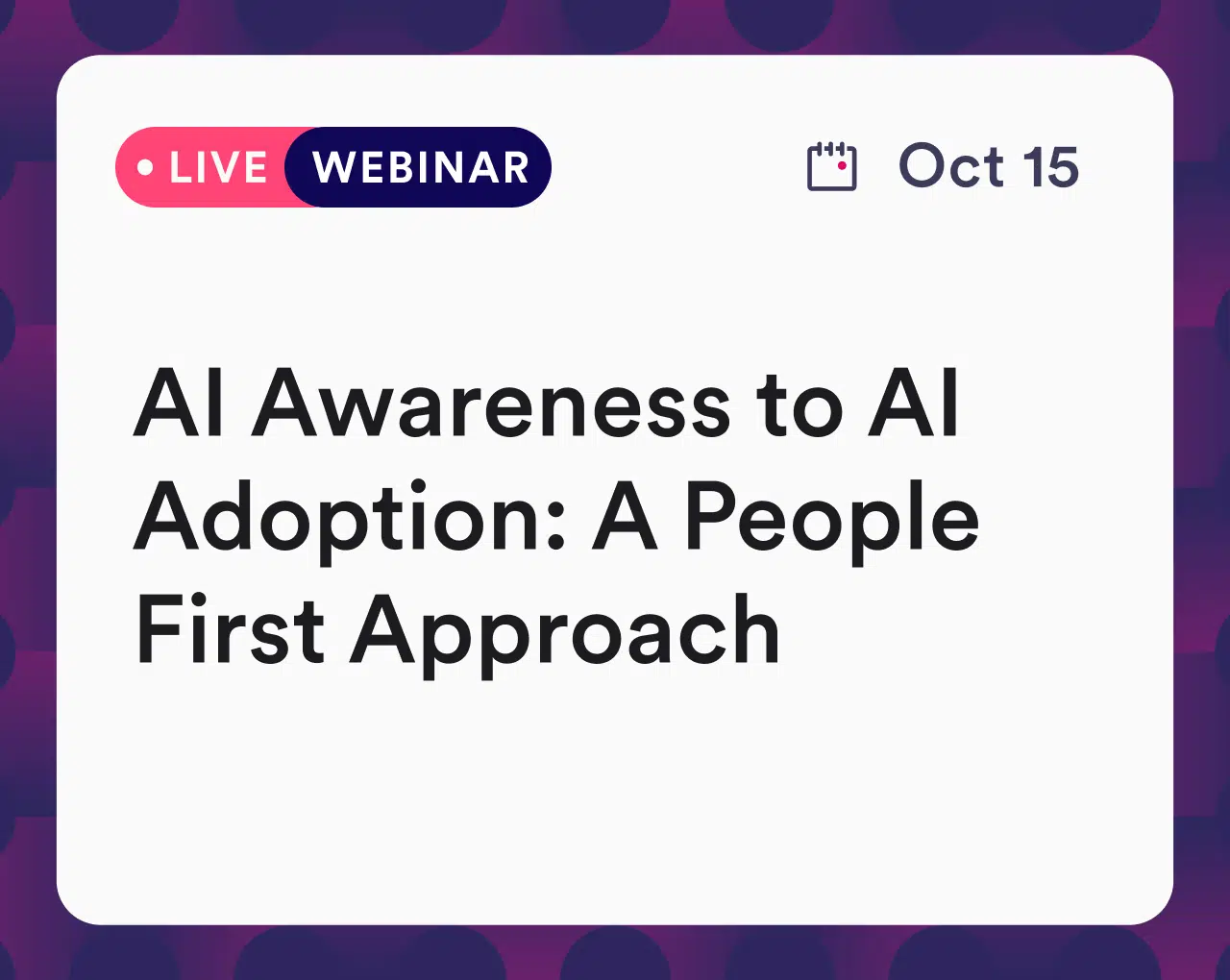What is Employee Turnover?
The definition of employee turnover refers to the rate at which employees leave a company and are replaced by new hires. It is a metric used by organizations to measure the frequency at which their workforce changes. High employee turnover can be costly for organizations, as it can result in the loss of valuable knowledge and experience, decreased productivity, and increased expenses associated with recruiting and training new employees. On the other hand, low employee turnover can be an indicator of a healthy and stable work environment, where employees are satisfied with their job and are more likely to remain with the organization for a longer period of time.
It’s estimated that the cost to replace workers can be 50-60% of their annual salary. But the total price can be as high as 200% when considering the overall organizational performance.Employee turnover may be avoidable. However, some turnover is inevitable. For instance, workers contracted to leave after certain seasons or events.
Employee Turnover vs. Retention
Employee turnover and retention are effectiveness metrics of the overall management of an organization. They are strong indicators of how well the organization takes care of its workers. Organizations can only achieve objectives if they have the talent with the right skills. Low employee turnover and higher retention rates keep companies moving forward. Long-term employees gain more knowledge and higher productivity the longer they stay with the business. They learn business nuances only absorbed from experience. As a result, the company is more successful.
Conversely, high turnover and low retention rates signal problems. Businesses undergo productivity loss when they have open roles. Additionally, they encounter recruiting and training expenses to fill vacant positions. Companies spend less on retaining top talent than the financial loss from turnover. Some examples include the following:
- Employee offerings
- Enhancing company culture
- Improving training strategies
- Retention programs
Retention is typically the inverse of employee turnover. The turnover rate is almost the opposite of the employee retention rate.
3 Key Differences Between Employee Turnover and Retention
- A turnover rate measures all employees who leave in a period. But retention rate calculations exclude new hires. Retention only tracks individuals who were employees at the start of the timeframe.
- Likewise, a turnover rate includes all types of employment separation types. Many businesses do not include involuntary separations when calculating retention rates.
- Timeframes for turnover are shorter than those for retention rate. Organizations generally calculate employee turnover monthly or quarterly. Yet they measure retention on an annual basis.
How is Employee Turnover Calculated?
An employee turnover rate is the percentage of individuals who leave an organization during a specific period. The following three numbers are involved in calculating the employee turnover:
- The number of active employees at the beginning (B) of the period
- The number of active employees at the end of the month (E) of the period
- The number of employees who left (L) during that period
The period for employee turnover rate is typically a month or a quarter. A reasonable employee turnover rate is less than 10%.
Calculate Employee Turnover
To start, get the average number of employees (Avg) by adding the beginning and ending workforce and dividing by two (Avg = [B+E]/2).
Then, divide the total number of leavers (L) by your average number of employees (Avg) in the period. Then, multiply the total by 100 to get staff turnover as a percentage.
Why Do You Have a High Employee Turnover Rate?
1. Lack of Employee Purpose
Companies with purposeful missions are exceptional at motivating their employees. Their employees become extensions of the brand. Companies with purposeful missions saw 49% lower attrition.
These organizations have strong cultures, support charitable causes, and give back to the community. Likewise, they show the connection between how their product or service makes the world a better place.
2. Poor Compensation
Compensation and benefits are significant reasons why employees leave organizations. Competitive pay is a way that organizations show they value workers’ contributions. Higher base pay has a substantial impact on retention.
Ways organizations can ensure compensation is in line, or above, for the market and role:
- Continue to provide annual base pay increases.
- Monitor what other companies
- Tie bonus pay to project completion and pay more for hot skills.
- Implement talent management processes that identify top performers.
- Correct pay imbalances by conducting a racial and gender pay equity analysis.
Additionally, good compensation makes it less likely that competitors can poach top performers away with purely financial incentives.
3. Being Overworked
Burnout is emotional and physical exhaustion. It can include a sense of hopelessness and self-blame. Furthermore, burnout can manifest in behavioral and physical issues.
A University of California study found that reducing burnout involves looking at six factors:
- Demand overload
- Lack of control
- Insufficient reward
- Socially toxic workplaces
- Lack of fairness
- Value conflicts.
Imbalances in any of those areas put employees at more risk of experiencing burnout. Human Resource (HR) teams and managers should ask employees for feedback on their workloads. They must listen to their responses, make necessary changes, and commit to properly resourcing their people.
4. Bad Managers
Many of the top reasons for turnover hinge on the manager. Toxic managers have behaviors that are detrimental to staff. For example, they play favorites, take credit for others’ work, or abuse their reports. However, managers who are simply bad at their jobs are less noticeable.
On the other hand, good managers can be career developers. They recognize their employees’ skills and motivations.
HR teams need to identify supervisors who lack the competence to manage people. Then, they can transition them to new roles or provide support and training. Learning and development (L&D) strategies for training managers change.
5. Little to No Feedback or Recognition
Workers need guidance to develop their skills. Many employees need to get the right kind of feedback. And no feedback is worse than lousy feedback.
Managers should know how to give effective feedback. They can aim to frame even negative comments in a positive light. They should conduct frequent one-on-ones with check-ins and conversations. Meetings should start with achievements and pair encouragement with constructive advice.
6. Poor Work-Life Balance
Work-life balance is when individuals equalize their career and personal life demands. Companies with solid workforce management capabilities often see improvements in employee work-life balance scores. They:
- Use technology to optimize scheduling.
- Automate time-off requests.
- Manage absences.
Organizations should aim for scheduling flexibility that allows workers to be as productive as possible. The next best option is issuing schedules far in advance and being as open to swaps.
7. Boredom
Good managers encourage their teams to meet existing goals and assign challenging projects. They foster a growth mindset, value skills development, and encourage taking calculated risks. Additionally, they push workers out of their comfort zones.
8. No Opportunity for Growth or Development
An employee development culture is a vital part of talent management. Workers should see a clear path for their career advancement and growth. Growth opportunities look like the following:
- Skills-based training
- Continuing education
- Tuition reimbursement
- Career development services
- Coaching, mentoring, and leadership development programs
Organizations should have an L&D strategy. If the company cannot provide one internally, external professionals can help individuals gain new skills.
9. Bad Hiring Procedures
Businesses should look for problems in hiring and onboarding processes when short-term retention rates are low. Organizations have a short-term retention problem when employees leave within the first six months.
Additionally, a high termination rate signals hiring problems. HR has guides to attract and hire diverse talent but should be honest with prospective hires about what to expect.
10. Toxic or Negative Culture
A toxic or negative culture is workers’ common attitudes and beliefs based on their experiences. These experiences influence their behavior and willingness to work with or against the systems and processes.
Employees don’t feel safe expressing their opinions. They also don’t feel like their employer values their efforts. A bad workplace costs companies billions in avoidable turnover.
How Does a Training Program Impact Employee Turnover?
A well-designed training program can have a positive impact on employee turnover in several ways. Here are some examples:
- Improved job satisfaction: A training program can help employees develop new skills, learn about new processes and technologies, and increase their knowledge and competence in their role. This can lead to increased job satisfaction and a sense of accomplishment, which can help reduce turnover.
- Increased employee engagement: Providing opportunities for employees to learn and develop new skills through training can help increase their engagement and motivation at work. This can lead to greater job commitment and loyalty, which can in turn reduce turnover.
- Improved performance: A training program can help employees perform their job more effectively and efficiently, which can lead to increased productivity and better job performance. This can help reduce turnover by improving job satisfaction and making employees feel more valued and fulfilled in their role.
- Better career development opportunities: A training program can provide employees with opportunities for career development and growth within the organization. This can help reduce turnover by giving employees a clear path for career advancement and a sense of purpose in their work.
In summary, a well-designed training program can help reduce employee turnover by improving job satisfaction, increasing employee engagement, improving performance, and providing better career development opportunities. Organizations that invest in training and development programs for their employees are more likely to build a loyal, engaged, and skilled workforce that can help them achieve their goals and objectives.
Employee Turnover Conclusion
Employee turnover is an important topic for organizations and their managers to understand. A high rate of employee turnover can be costly and negatively impact an organization’s performance, while a low rate of turnover can lead to a stable and productive work environment. Understanding why employees leave, such as poor management, low pay or benefits, lack of opportunities for growth and development, or poor work-life balance, can help organizations take proactive measures to address these issues and improve employee retention. Organizations can also create a positive and supportive work culture, such as providing opportunities for employee recognition, work-life balance, and employee development, which can help increase job satisfaction and loyalty. By taking proactive steps to address employee turnover, organizations can build a more stable and productive workforce and reap the benefits of a more engaged and committed workforce.













